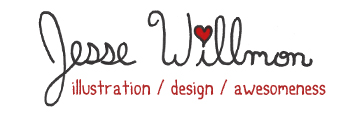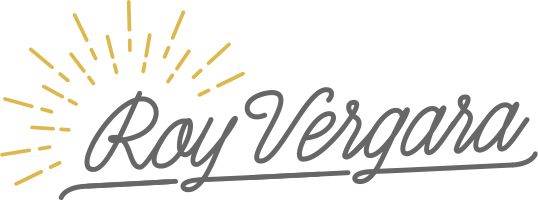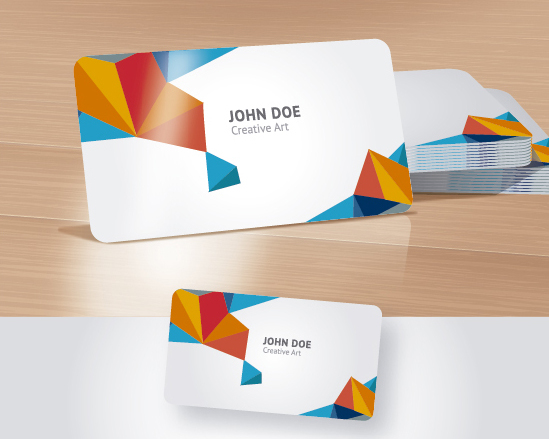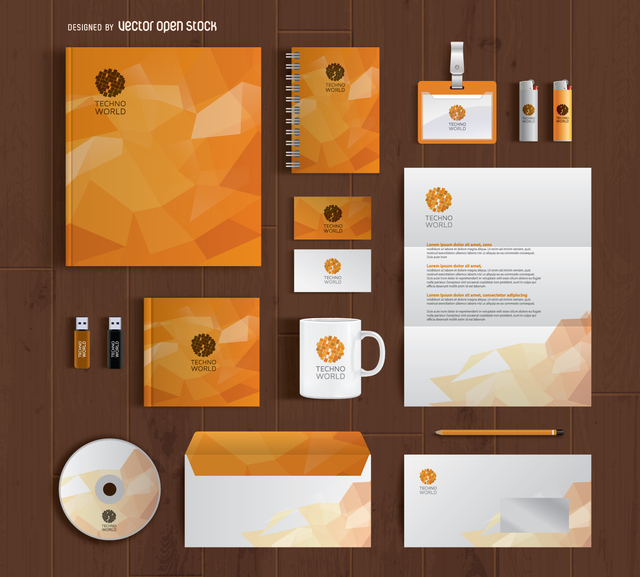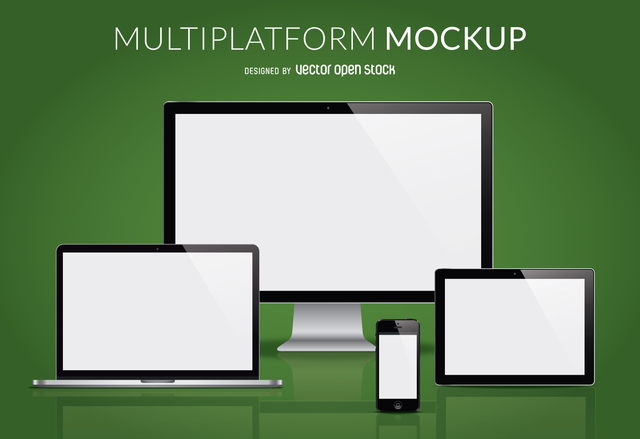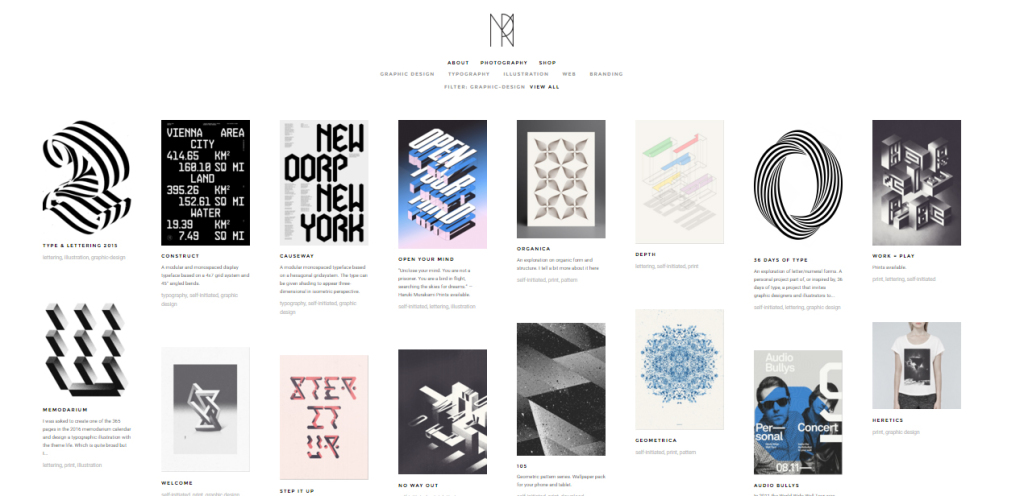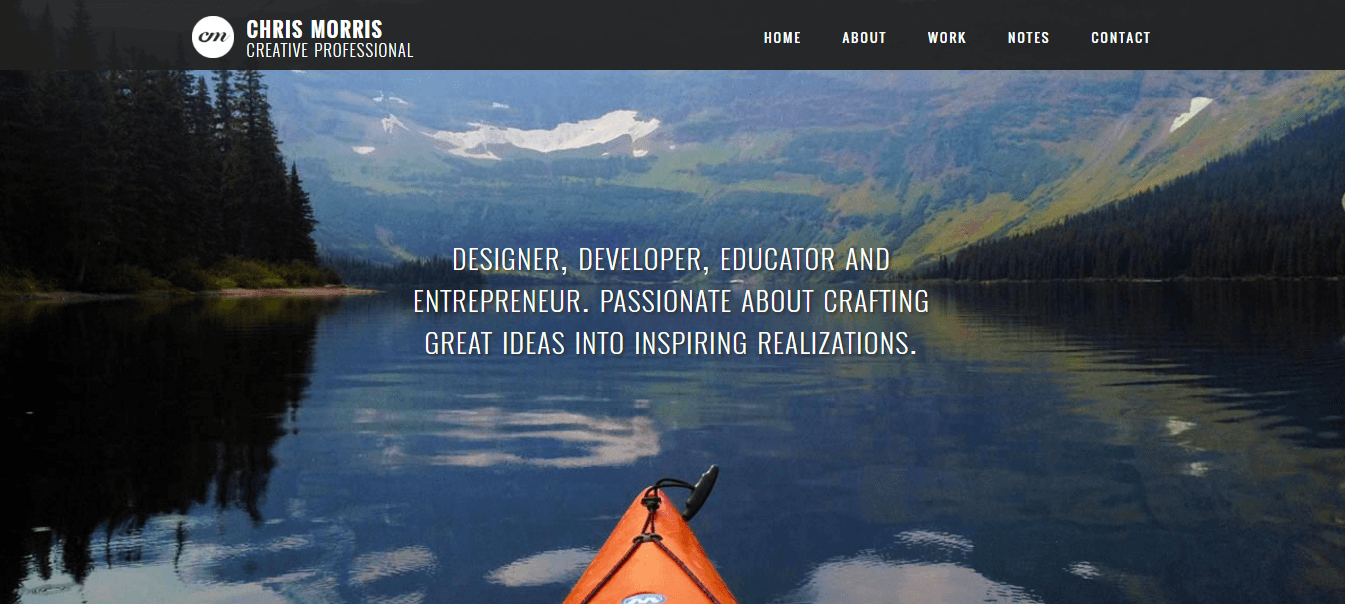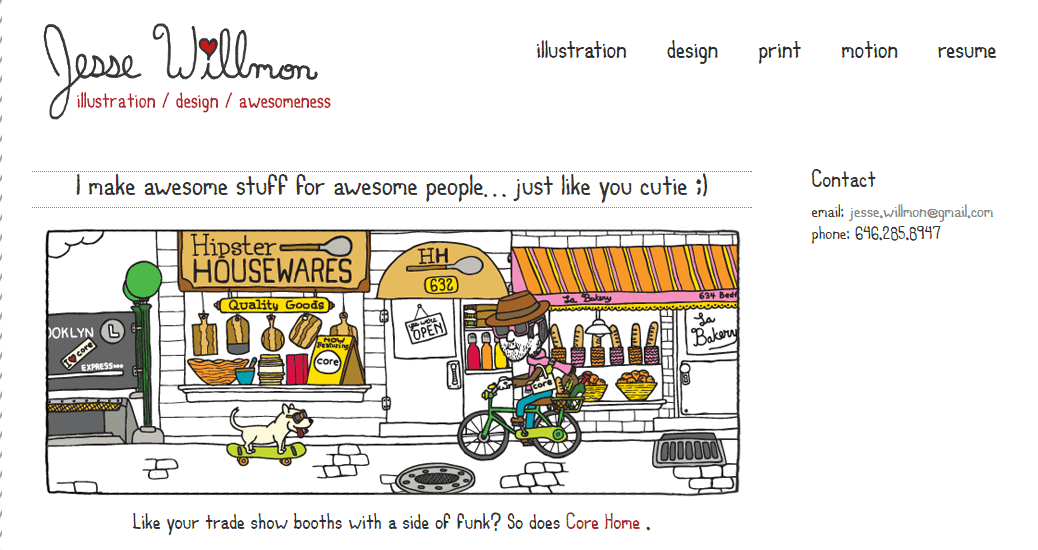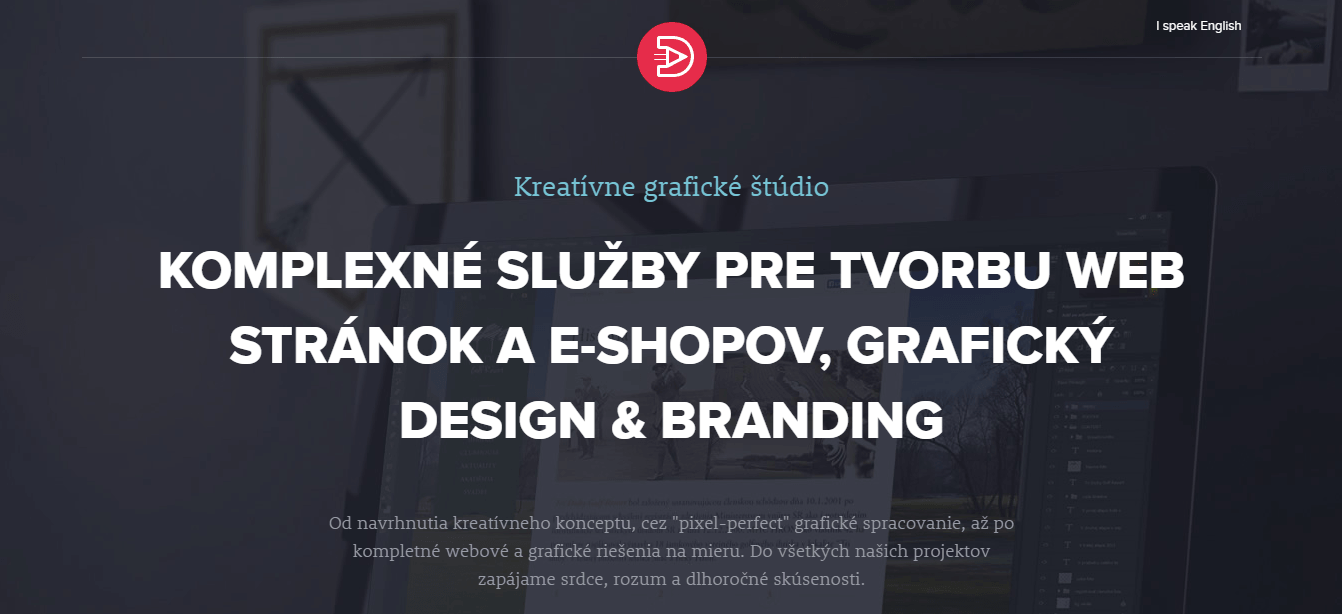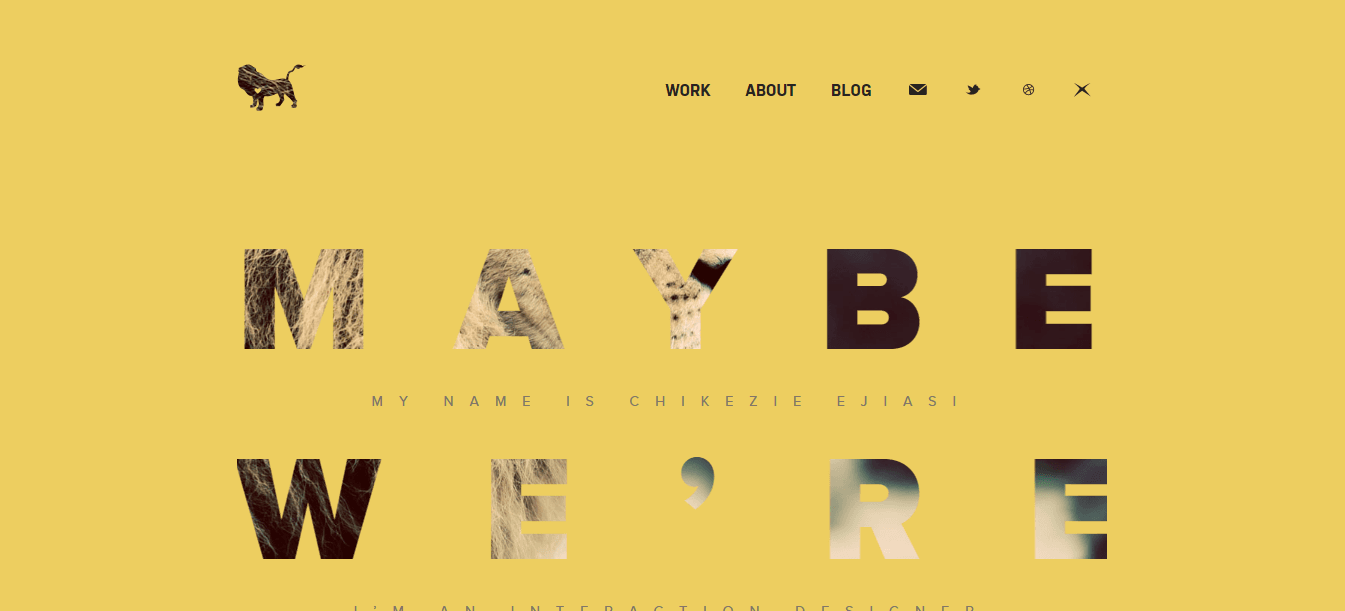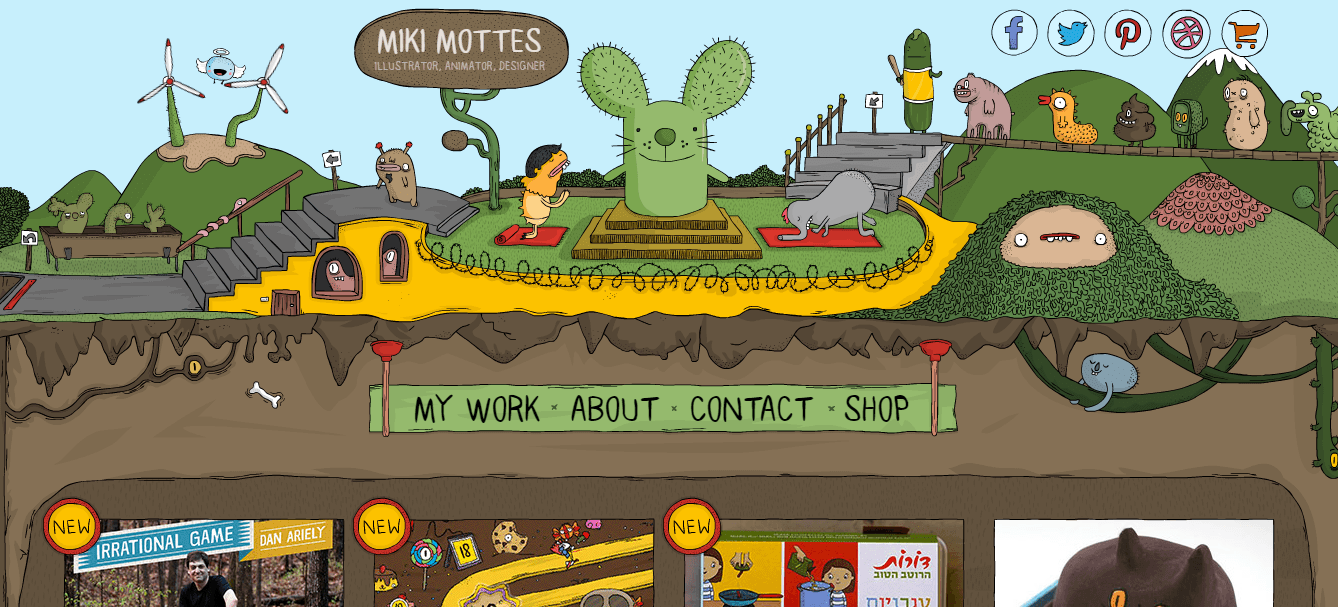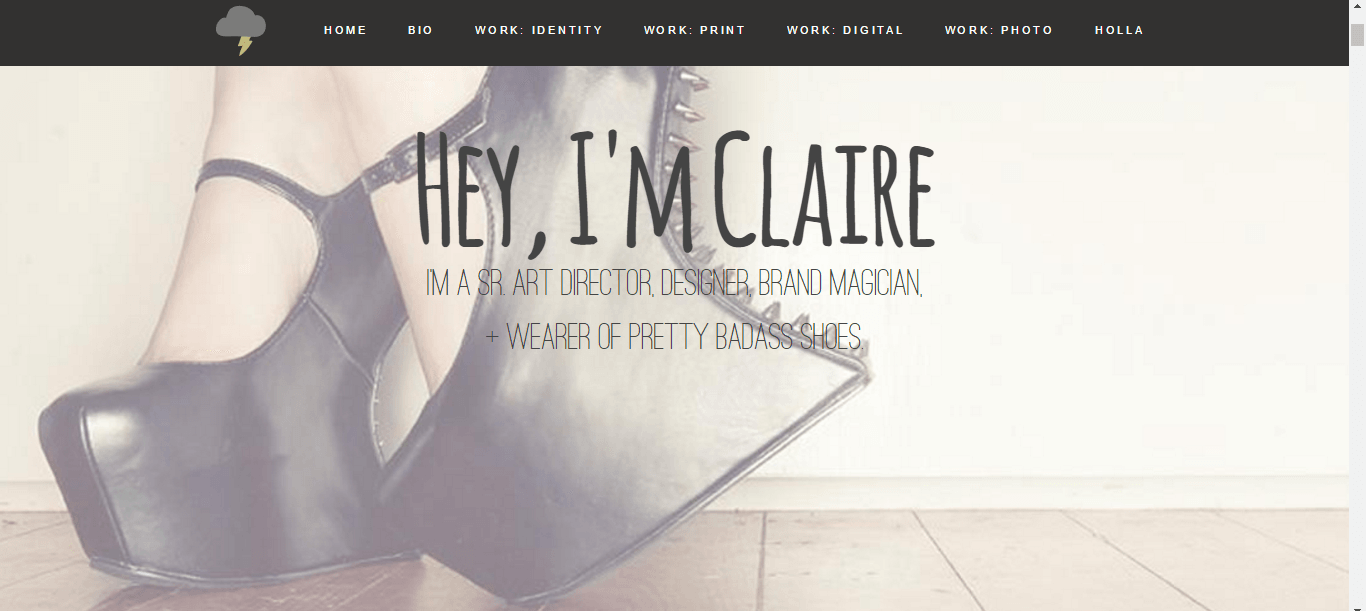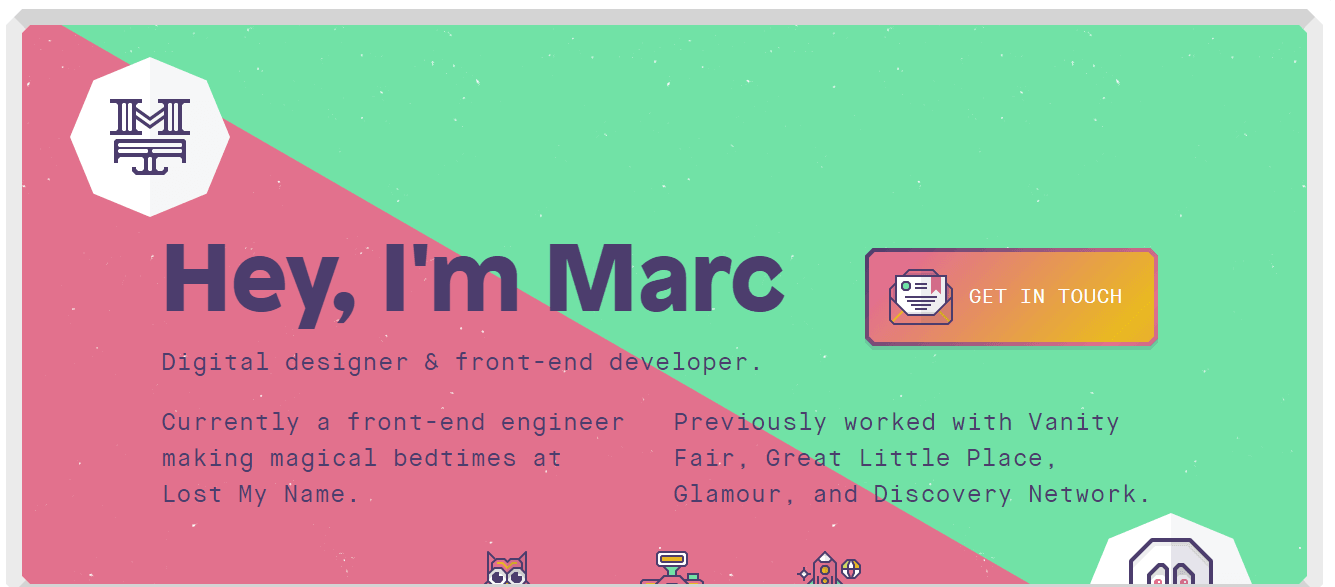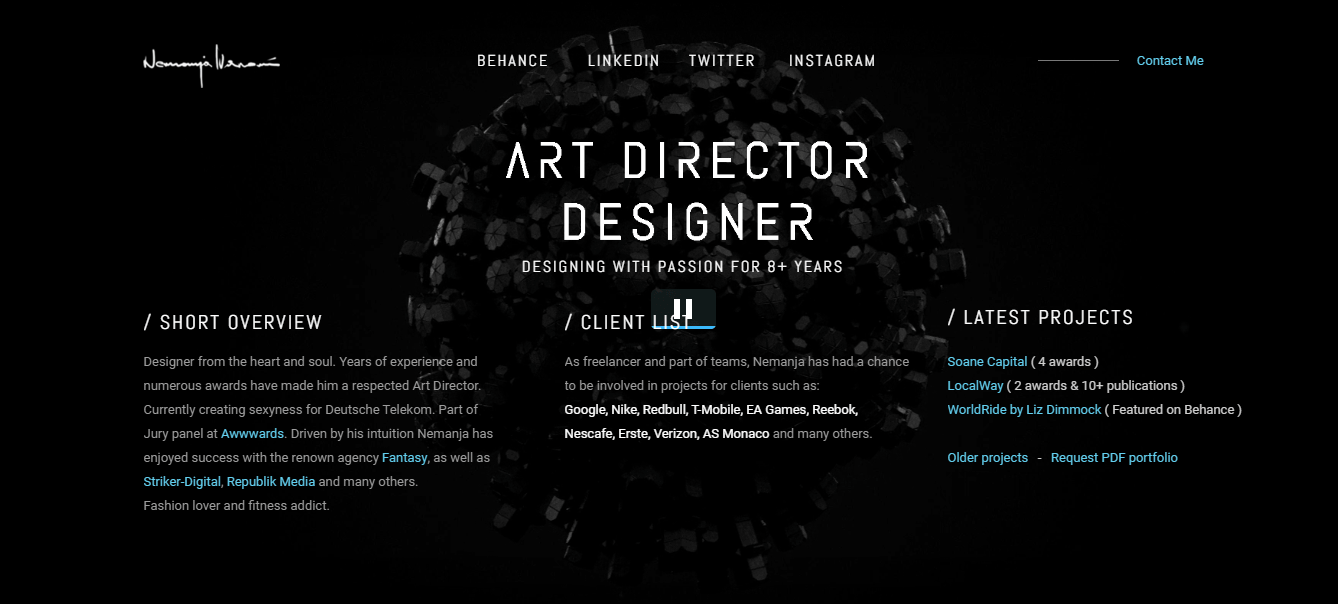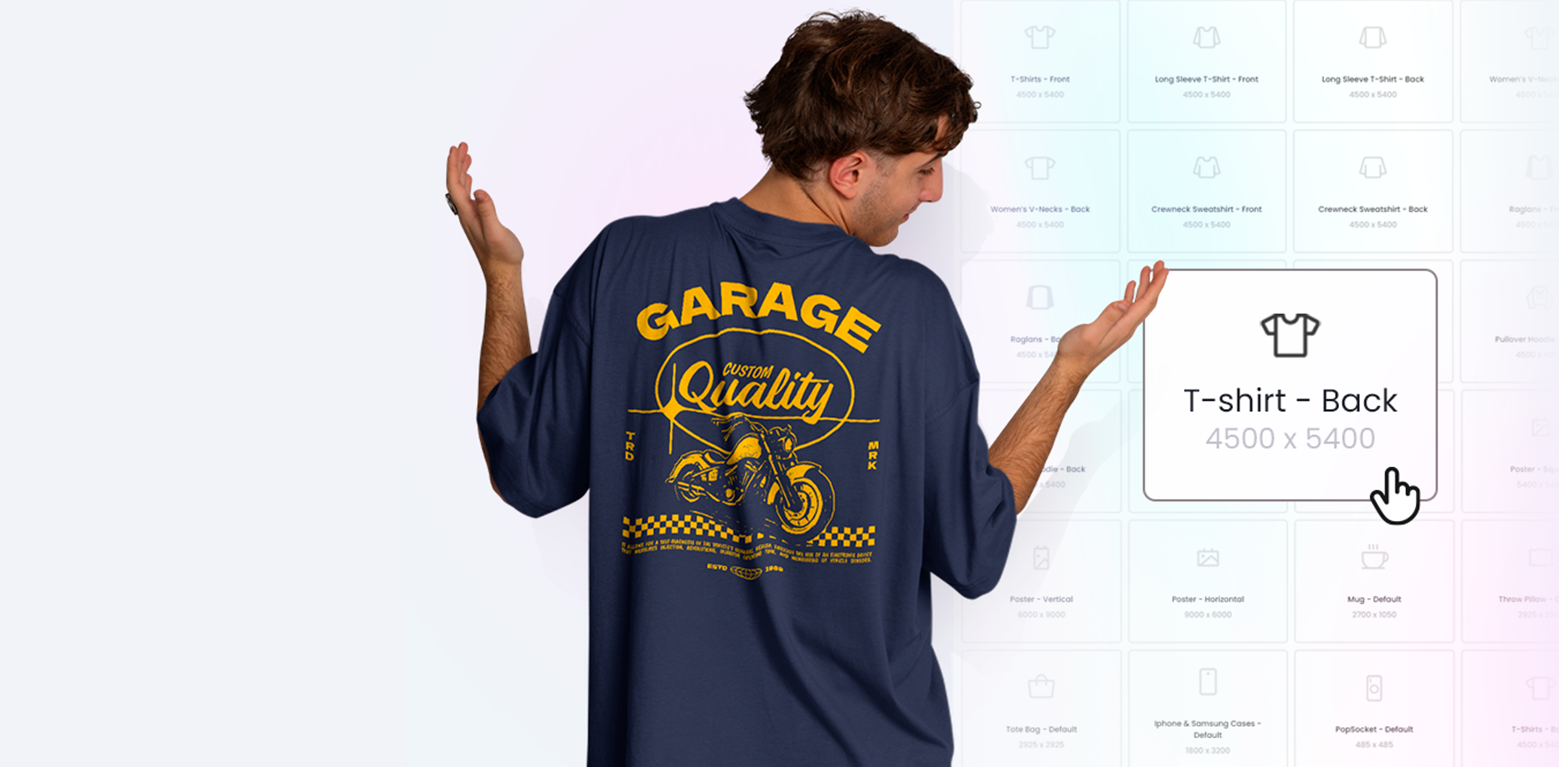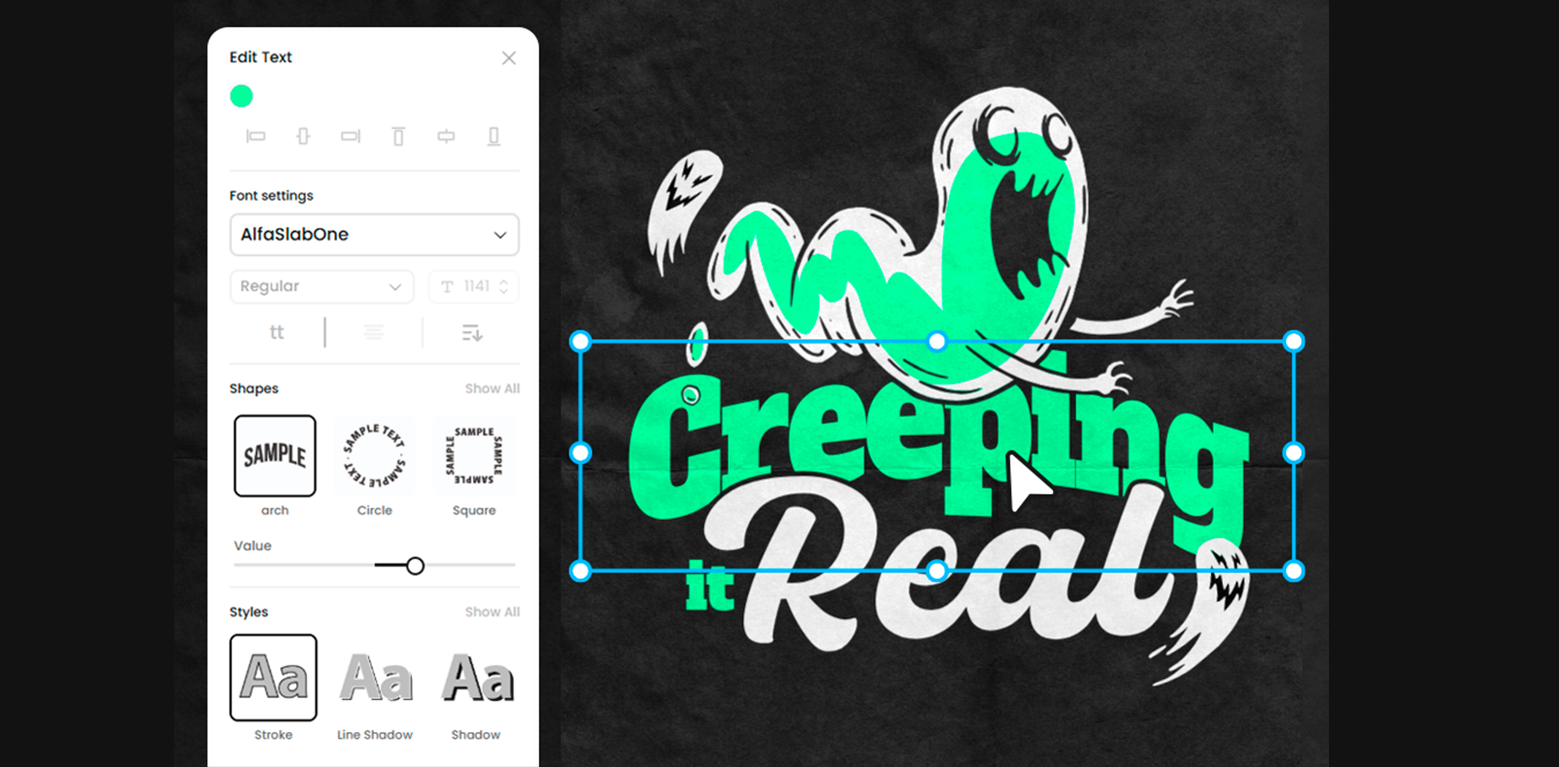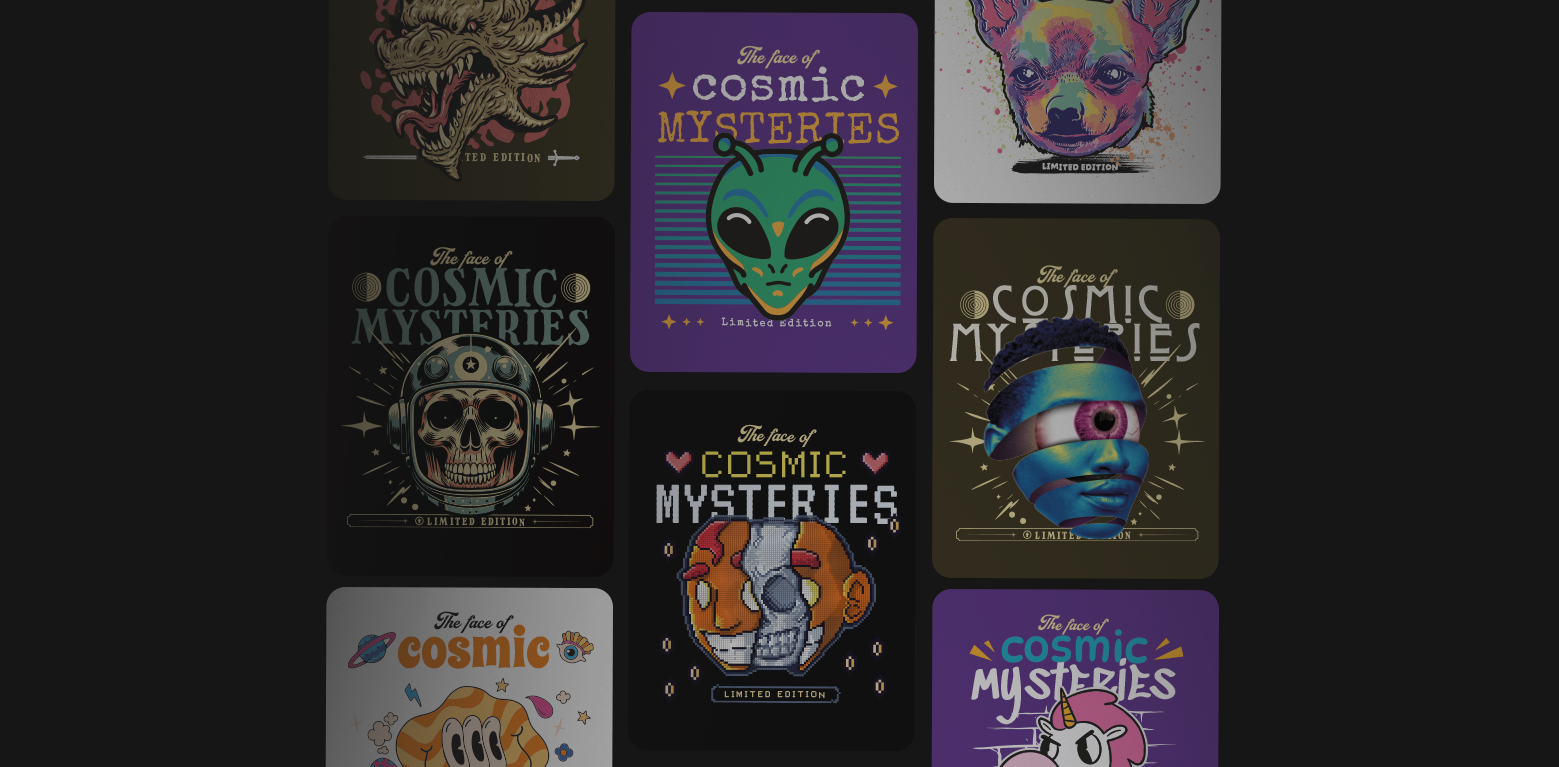Whether you’re looking for new clients, for a new job or just pushing your brand to be known, the portfolio is a fundamental key to achieve any of these purposes.
The porfolio is representing you, your work and abilities, while you are not there to tell or show. You’ll be already showing your personality and skills. It’s like your shop window, 24 hours a day, 365 days open. It’s a powerful promotion tool which can help you to stand out. So investing a considerable amount of time on it is surely a wise decision . We gathered some ideas and approaches so you can use as a guide to achieve a great looking and effective portfolio. Here we go!
1. Objective.
Before starting have a clear picture about the reasons why you’re creating your portfolio. It’s not the same wanting to be hired, than making your brand grow or just sharing your work with the graphic community. Making your objective clear will help you to make better decisions on what to include and what to leave out.
2. Platform and layout.
We could get two different approaches here: 1) having your own website to host your porfolio, 2) choose a design dedicated platform already set to load your porfolio. There are great platforms such as Behance, Dribbble, Coroflot or Carbonmade which are graphic design dedicated sites. The advantages are many as being able to upload your porfolio without having to buy a domain or pay a hosting. Also these sites are places where other graphic designers take part forming a community and where potencial employers search for talented people frequently. Another advantage is that these sites are under Google’s radar so you can easily reach some exposure on Google search results. The disadvantages you may find in choosing this kind of platforms include not being able to work your own brand in a separate domain which is seen as more professional and don’t being able to personalize the way the layout looks like. In any case the key is to create a simple and clean design, bearing in mind that content is the focus to highlight.
3. Logo.
If you still don’t have your logo, design one! A good idea is to create it based on your name or signature using a typography that represents you. Remember this is about promoting you and your brand. Here are some good looking examples:
4. Tagline.
Go for a short and catchy one, up to 4/5 words as maximum. Think about something fresh, professional and aligned with your target.
5. Portfolio.
- Be selective on the work you show. It’s better to have a portfolio with few outstanding projects than many which are OK. In case you’re looking to be hired, showcase the type of work you want to be doing in the future.
- A nice idea is to photograph printed work displayed over a nice background or framed with some objects that enhance the design. In any case, please show big high quality images. Another idea would be to use mockups to present your work. You can find several photoshop mockups here in our site.
- Put a titile and description to each piece to give some context. Include year, client, technique and other relevant details. In case that work is on the web, include the link to the live version.
- Share a short backstory of the design, including which relevant skills were needed. You can illustrate the process in pictures, showing the stages of development. Display the final product first.
- A testimony from a satisfied client makes you and your professional work more real and conveys reliability.
- Be sure that the displayed work tells a story on the whole. Each work should complement each other.
- Keep it updated! You can even include work in progress.
6. About you.
Write a short bio including personal skills and interest, use a personal and friendly language. You can also include other skills that complete your profesional profile as being able to comply with deadlines or being punctual. To find icons and elements to represent skills, interests and levels of expertise click here.
7. Contact.
Using a contact form is an more direct way to reach you, easier than just leaving your e-mail. You’ll also be able to gather new contacts.

8. Blog.
If you are an active blogger, great! Include your blog site, and make reference to you best posts. In general terms, the graphic designers’ community appreciates to see professionals that write and share ideas, resources and inspiration frequently.
9. Social networking.
Promote your portfolio on the social networks and invite to share your work. You can go for Facebook, Twitter, Google plus, and even for more specific designer’s social networks as Behance, Flickr, Dribbble or DeviantArt. You can find a wide variety of social networks icons here.
10. Call to action.
Lead the way to contact you quickly! Again, be clear if you are aiming to be hired.
Time to put hands on! You already have great pieces of work, it’s just a matter of giving life to them. We hope this tips help you to create an amazing porfolio!
Finally, we collected a few good looking examples so you can check out and get in the mood:
David Hellmann
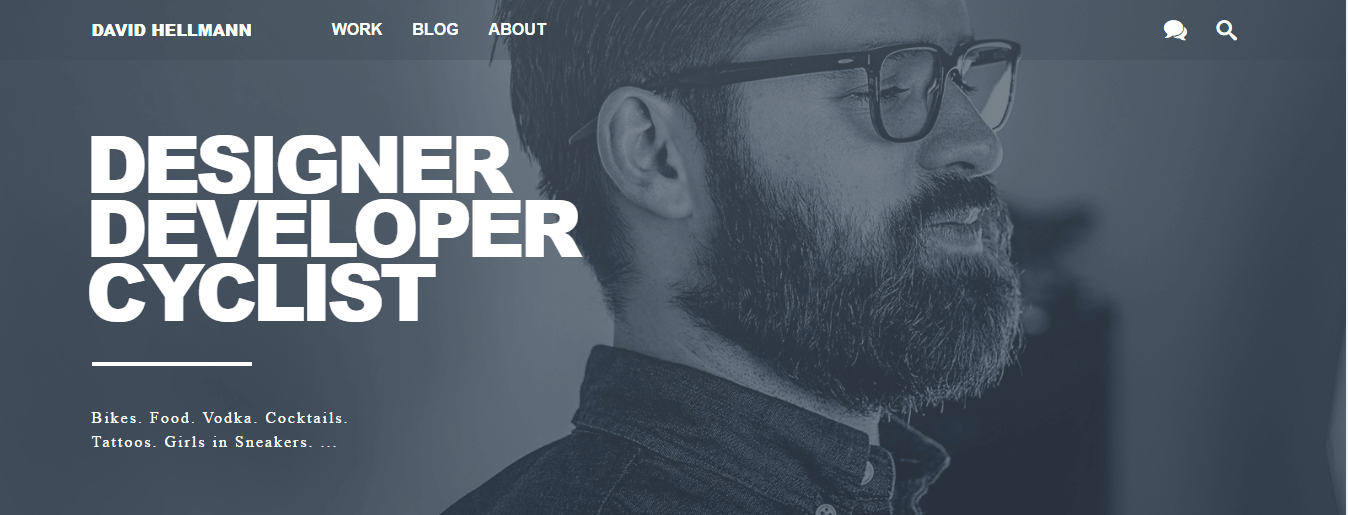
Charlotte Tang
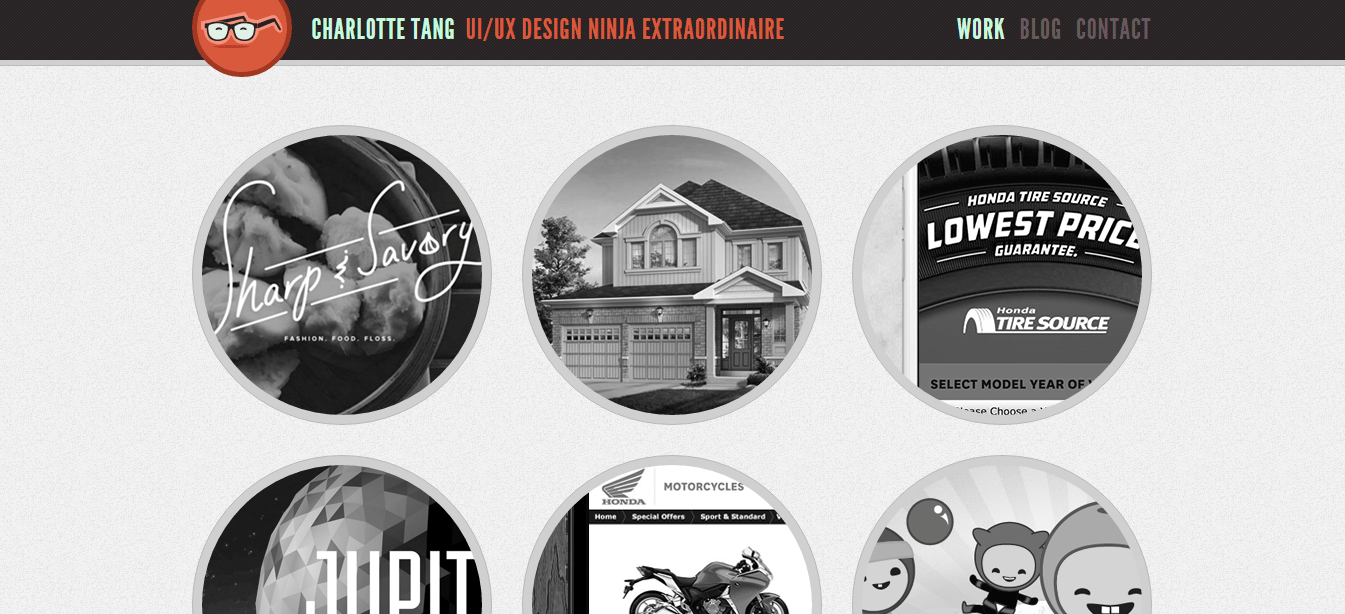
Let us know your thoughts in the comment section and good luck!


